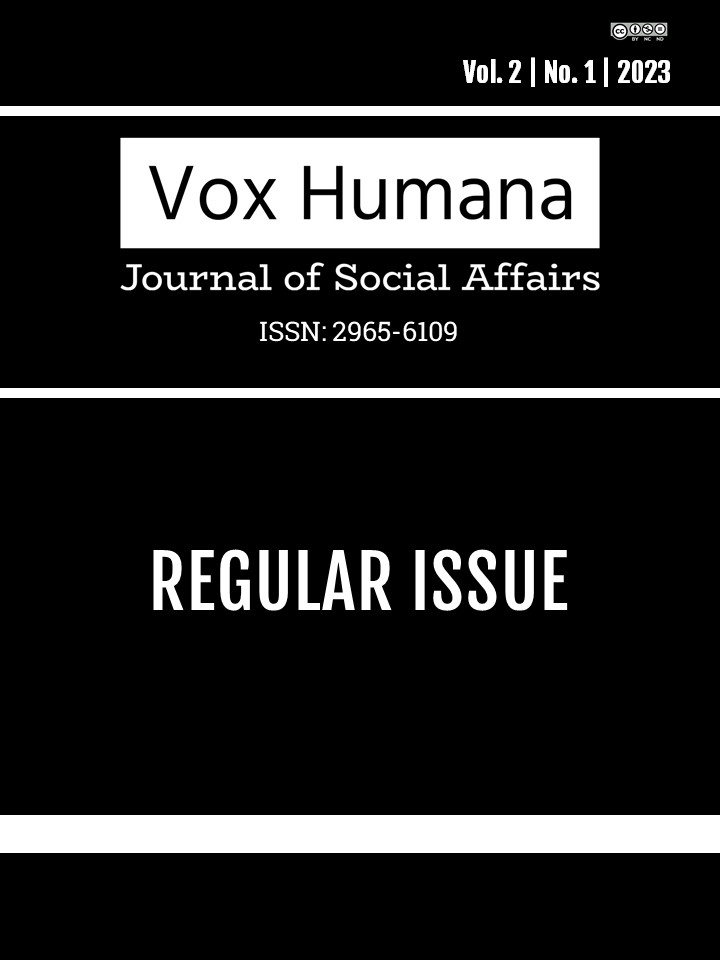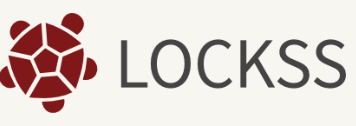The influence of audiovisual materials as a teaching technique in seventh-grade students’ English learning process
DOI:
https://doi.org/10.56183/vox.v2i1.635Palavras-chave:
audiovisual materials, English learning process, teaching techniquesResumo
This study aimed at analyzing the influence of audiovisual materials in the English learning process among seventh-grade students from a Colombian high school. To this end, a case study was conducted; this approach emphasized an exploration of the interactions, attitudes and behaviors of the students and the teacher inside the classroom. Data was collected through five non-participant observations, seven semi-structured interviews and sixteen open-ended questionnaires. The information comprised the opinions and the attitudes from the teacher and the students when audiovisual materials were used while learning English. The analysis of the data signaled a positive influence of audiovisual materials among the students, since it increased their vocabulary, pronunciation and motivation. Furthermore, it allowed the English teacher to explore innovative teaching techniques.
Referências
Alviárez, L. (2004). El uso de estrategias constructivistas por docentes de inglés con fines específicos de la Universidad del Zulia en Maracaibo. Universidad del Zulia.
Bajrami, L., Ismaili, M. (2016). The role of video materials in EFL classrooms. ScienceDirect,
Çakir, I. (2006) The Use Of Video As An Audio-Visual Material In Foreign Language Teaching Classroom. The Turkish Online Journal of Educational Technology 1303-6521
Creswell, J. W. (2013). Research design: Qualitative, quantitative, and mixed methods approaches. Sage publications.
Gibbs, G. (2007). Analyzing Qualitative Data. Sage Publications.
Haghverdi, H. (2015). The Effect of Song and Movie on High School Students Language
Achievement in Dehdasht. ScienceDirect, 192, 313 - 320
Hatch, J. A. (2002). Doing qualitative research in education settings. Albany: State University of New York Press.
Medina, Y. (2014). El video como estrategia para la enseñanza del inglés. Escenarios 12 (2), 116-1229.
Kalkan, B. (2014). Benefits of being bilingual in the 21st century. Dailysabah
Kuśnierek, A. (2016) The role of music and songs in teaching English vocabulary to students. World Scientific News 43(1) 1 - 55
Lewins, Ann & Silver, Christina (2006). Choosing a CAQDAS Package. http://caqdas.soc.surrey.ac.uk/ChoosingLewins&SilverV5July06.pdf [Date of access: 10/29/2008].
Montesinos, I. (2014). Youtube como recurso audiovisual para el desarrollo de la comunicación oral del idioma inglés. Universidad Central del Ecuador.
Patton MQ. Qualitative research and evaluation methods. 3rd Sage Publications; Thousand Oaks, CA: 2002
Phillips, F & Mills, H. (2007) Interview. Retrieved from http://entertainment.timesonline.co.uk/tol/arts_and_entertainment/tv_and_radio/article2777973.ece
Rodríguez, G. L. (2015). Dinámica de los procesos de enseñanza y aprendizaje del inglés.
Singh, K. (2010). What are the types of observation? Research Methodology.
Downloads
Publicado
Edição
Seção
Licença
Copyright (c) 2023 Daniel Fernando Gélvez Capacho

Este trabalho está licenciado sob uma licença Creative Commons Attribution-NonCommercial-NoDerivatives 4.0 International License.


